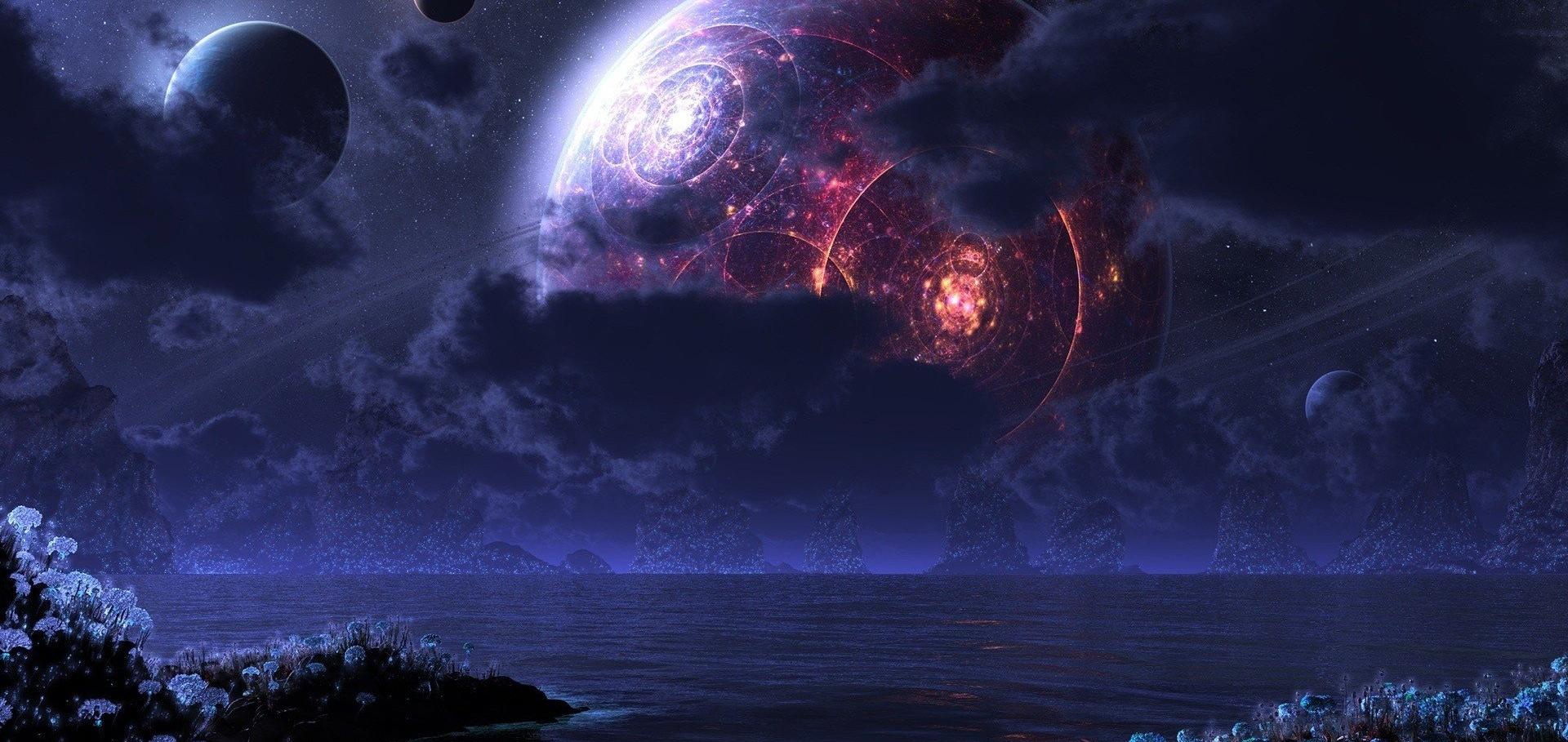Quod peto, si colitis Manes ...: New integration proposals for AE 1982, 69 (Rome)
Zeitschrift fur Papyrologie und Epigraphik 213 (2020) 105-107
The altar of the god Bolgolius from the Parish Church of Santa Maria del Bigolio in Orzivecchi (Brescia)
Archeologia Classica 71 (2020) 105-115
Abstract:
The 2018 archeological survey, which was conducted at Pieve near Orzivecchi (Brescia), revealed a diverse array of archeological materials ranging from several historical periods. In particular, an altar dedicated to the indigenous god Bolgolius by Tertius Donnedo Tertulli f. was discovered. According to linguistic theory, the theonym Bolgolius probably has Celtic origins and perhaps has a connection with the god Mercurius.The triclinium of the ‘casa del moralista’ and its inscriptions: Cil iv, 7698 = cle 2054
Sylloge Epigraphica Barcinonensis 18 (2020) 85-105
Abstract:
The so-called ‘Casa del Moralista’ stands out from other houses in Pompeii on ac-count of its summer triclinium’s parietal decoration; here, we find three metrical inscriptions which are unique in the Campanian city and rare in general. One elegiac couplet is found on each wall. These texts will be evaluated from a literary point of view, but also within their immediate environmental context, to understand whether their arrangement on the three walls of the room is random, or follows a logical order.Up to two billion times acceleration of scientific simulations with deep neural architecture search
CoRR abs/2001.08055 (2020)


